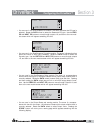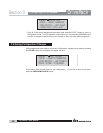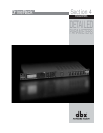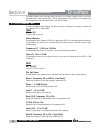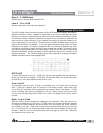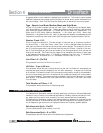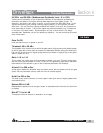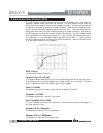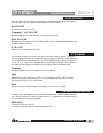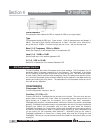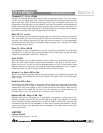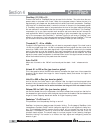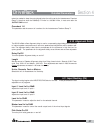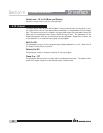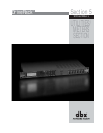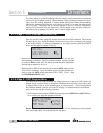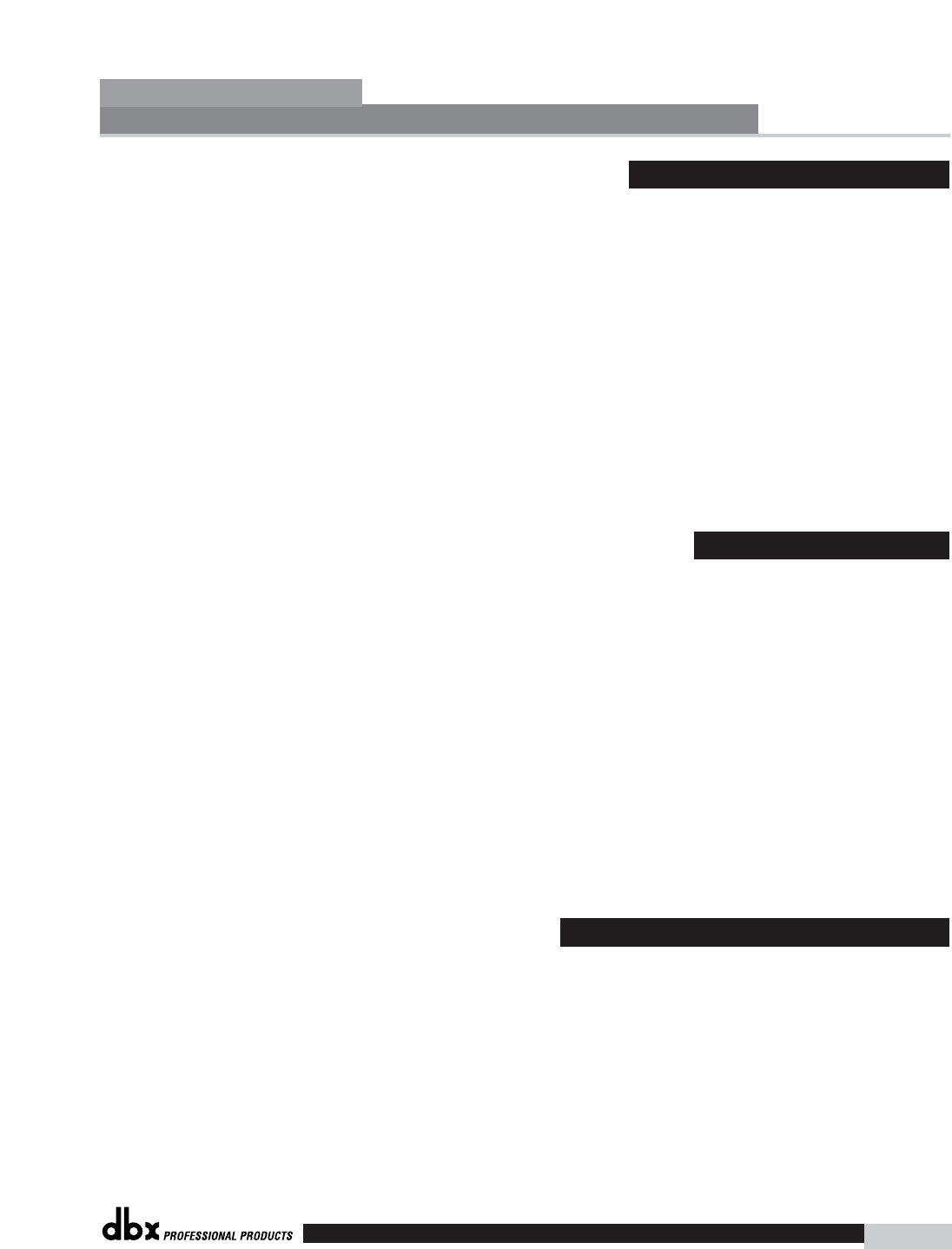
®
Detailed Parameters
Section 4
DriveRack
™
33
DriveRack™ User Manual
The notch filter is the perfect tool for dropping out undesirable frequencies that may appear in
the input signal. Up to six Notch filters are available for all six outputs.
Notch On/Off
Turns the notch filters on and off.
Frequency (1 to 6) 20 to 20K
Selects the desired notch filter frequency of the selected notch filter.
Gain -36 to 6 dB
Sets the level of the selected notch filter. Set to +6dB to help find unwanted feedback, then set
to -3dB to -36dB to remove.
Q 16 to 128
Selects the Q of the selected notch filter.
The Crossover is used to divide the input signal into several frequency bands. This allows
the user to drive the speaker in its optimum frequency range and send each output separately
for more efficient use of amplifier power. The 260 DriveRack Crossover can be configured as
a 2x3, 4, 5, or 6. Appendix A.5 illustrates each of the available crossovers. The High-Pass or
Low-Pass filter being edited is indicated by the highlighted edge in the graphics area.
Frequency
Adjusts the frequency of the Low Pass filter from 20 to 20KHz.
Type
Selects the filter type. Selections are: BS 6, 12, 18, 24 Bessel type filter, BW 6,12,18,24 for
Butterworth type filter with slope of 6, 12, 18 or 24 dB/Octave and LR12, 24 for Linkwitz-
Riley type with slope of 12 or 24 dB/Octave.
Gain
Sets the level of the selected crossover band. Range is from Infinity to +20dB.
In addition to the pre-crossover EQ options within the signal path, the 260 DriveRack also offers
a 2 or 3-band parametric EQ after the crossover section. The parameters for the post-crossover
EQ are as follows and are user adjustable.
PEQ On/Off
Turns the PEQ band on and off.
The following figure shows the constant Q parametric filter.
4.8 Post-CROSSOVER PEQ
4.7 Crossover
4.6 Notch Filters



